Kashan Joins UNESCO’s Creative Cities Network in Architecture
On World Cities Day 2025, during the 43rd UNESCO General Conference in Samarkand, Kashan was officially recognized as a Creative City of Architecture by the UNESCO Creative Cities Network.
This milestone marks one of the first times UNESCO has added architectures a distinct creative field in its network, placing Kashan alongside cities like Bistrita (Romania) and Lusail (Qatar) as pioneering “Creative Cities of Architecture.”
This recognition adds to Kashan’s historic and evolving cultural legacy, affirming its significance not just as a city of the past, but as a living center for architectural creativity, heritage conservation, and sustainable cultural development.
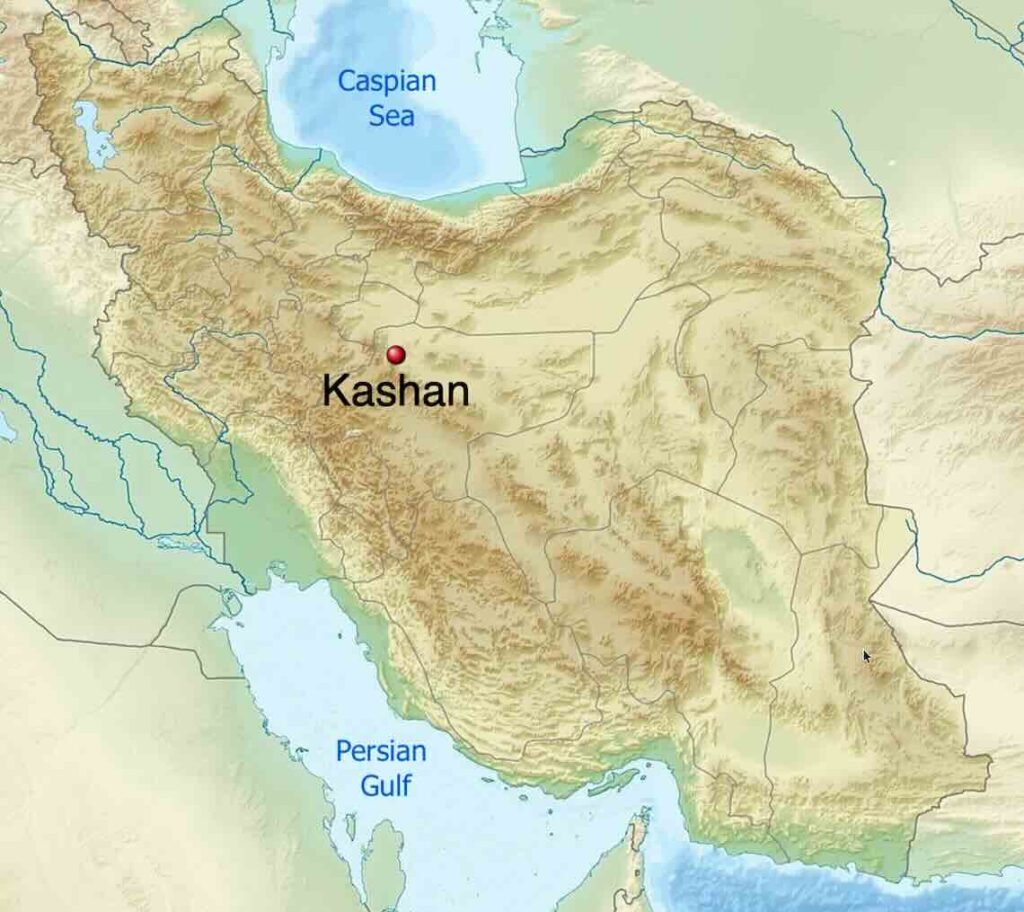
Why This Title Matters
• New Creative Field Recognition
Until now, UNESCO’s Creative Cities Network recognized seven fields (such as crafts, gastronomy, literature, music). The 2025 additions introduced architecture as a new creative dimension, broadening the mission and reach of the network. Kashan being among the first cities in this category underscores Iran’s contribution to architectural heritage.
• Elevated Cultural Diplomacy
With this status, Kashan can engage more actively in international cooperation, exchange programs, and joint architectural initiatives. It opens doors for funding, exhibitions, and partnerships that will help preserve and reinterpret its traditional architecture in contemporary contexts.
• Revival & Innovation Combined
Recognizing Kashan as a Creative City of Architecture encourages the blending of tradition and innovation: supporting the restoration of historic houses, promoting climate-sensitive design (e.g. windcatchers, courtyards), and inspiring new architecture that respects local identity.
• Boost for Cultural & Heritage Tourism
This title can draw attention to Kashan beyond the usual pilgrimage to its gardens and houses. It may inspire new architectural tours, workshops, and residencies centered on learning traditional building techniques.
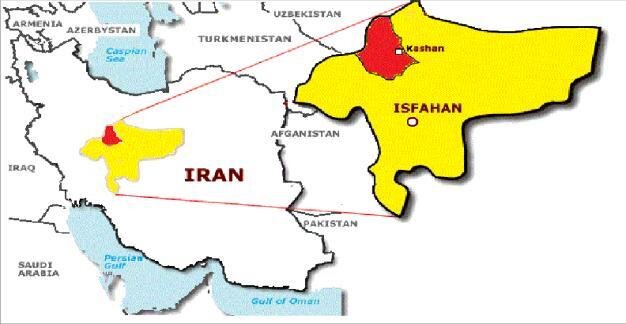
Kashan: A Living Architectural Heritage
Kashan’s architecture has long been celebrated, but this UNESCO designation helps cast it in a new light—less as static relics, more as ongoing dialogue between past and present. Let’s revisit some of the signature monuments and features that make Kashan a worthy candidate.
• Fin Garden (Bāgh-e Fin)
This garden is already a UNESCO World Heritage as part of the Persian Garden ensemble since 2012 . Built around 1590, it integrates water channels, pavilions, and shade in the arid landscape. The nearby Fin Bathhouse is historically significant: it was the site of Amir Kabir’s assassination in 1852, making the garden both a cultural and political touchstone.
• Historic Houses & Mansions
Kashan is famed for its cluster of preserved houses, each a masterpiece in proportion, ornament, and passive climate design:
• Borujerdi House — Built in 1857 by Ustad Ali Maryam for a bride from the Tabatabaei family. Its stucco work, interior courtyard, and vaulted ceilings remain a highlight of Qajar-era residential architecture.
• Tabatabaei House — Constructed around 1880 for the affluent Tabatabaei family, this house features mirror works, stained glass, and refined spatial layouts.
• Ameri House — With more than 80 rooms and multiple courtyards, the Ameri House reflects expansions from the Zand and Qajar periods.
• Abbasi House — Built in the late 18th century for a glass merchant, now partially a teahouse and gallery. Its plaster reliefs, mirror-work, courtyards, and stained-glass windows embody elegant craftsmanship.

These houses weren’t just ornate showpieces—each utilized passive cooling, wind catchers (Badgirs), thick walls, central ponds, and smart orientation to adapt to the desert climate.
• Mosques, Bazaars & Urban Fabrics
• Agha Bozorg Mosque – Built between 1844–1850 by Ustad Haj Sa’ban-Ali, this mosque-madrasa complex is celebrated for its symmetrical plan, serene courtyards, and lighting effects.
• Jameh Mosque of Kashan – The city’s Friday mosque is built on an older foundation and reflects multiple eras (Seljuk, Zand, later renovations). Its stucco ornamentation, dome, and arches are essential features.
• Kashan Bazaar & Timche-ye Amin od-Dowleh – The vaulted bazaar ceilings, natural ventilation, and spatial interplays of light and shadow make it part of the city’s architectural living network.
• Archaeological Roots: Sialk Hills
Kashan’s architectural legacy is built on a foundation of ancient civilization. Tepe Sialk, located near Kashan, dates back nearly 6,000–7,000 years and is one of the earliest urban sites in Iran.
The springs and environment that nourished Sialk also fed the Fin gardens and early settlements, creating a continuum from ancient to modern.

Challenges & Opportunities Ahead
With this new creative title, Kashan faces responsibilities. The designation will only carry weight if backed by policies, investment, and community engagement. Some of the key focal points may include:
1. Conservation & Restoration
- Upgrading fragile historic houses with structural reinforcement
- Ensuring restorations use traditional materials and techniques
- Preventing over-commercialization or inappropriate additions
2. Capacity Building & Education
- Training local artisans in heritage crafts
- Creating programs for architects and students to study vernacular design
- Encouraging apprenticeships in traditional techniques
3. Adaptive & Contextual Modern Architecture
- Encouraging new buildings that respond to climate, local materials, and cultural forms
- Promoting sustainable, low-energy architectural solutions inspired by historic models
4. Cultural Tourism & Interpretation
- Developing interpretive trails, architectural walking tours, and mobile guides
- Hosting architecture festivals, workshops, and residencies
- Linkage with other UNESCO Creative Cities to exchange best practices
5. Community Involvement & Inclusion
- Ensuring local residents benefit from the designation (jobs, pride, cultural enterprises)
- Avoiding gentrification or turning the city into a museum
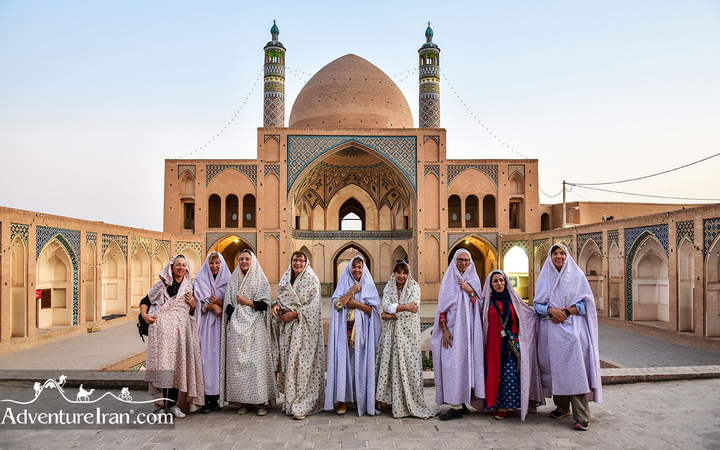
Congratulatory Note & Looking Forward
Kashan’s induction into UNESCO’s Creative Cities Network as a Creative City of Architecture is more than a title — it’s an active commitment to the future of heritage, creativity, and sustainable urban life. With its rich legacy of gardens, historic homes, mosques, and urban planning, the city is now positioned to become a hub of architectural innovation rooted in tradition.
Congratulations to Iran and the people of Kashan. May this new recognition spark further protection, renewal, and creative energy for generations to come.



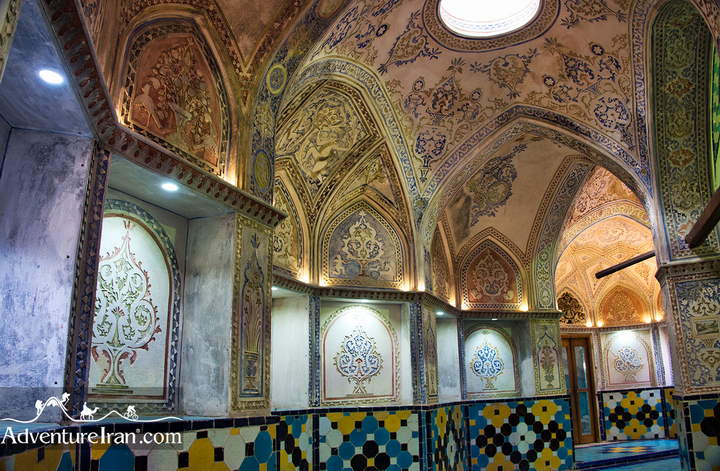

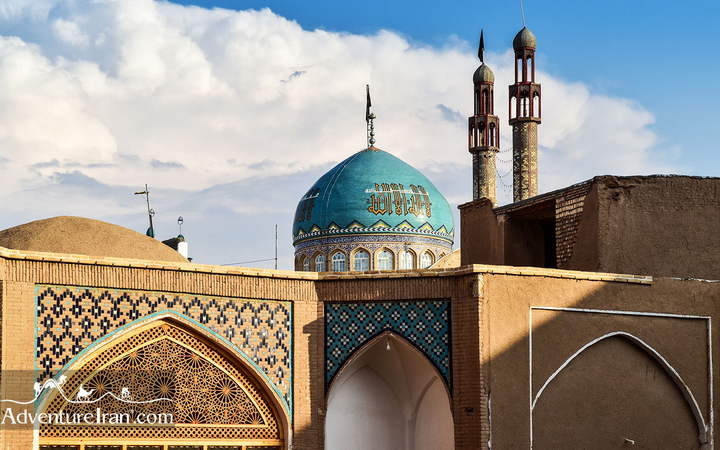
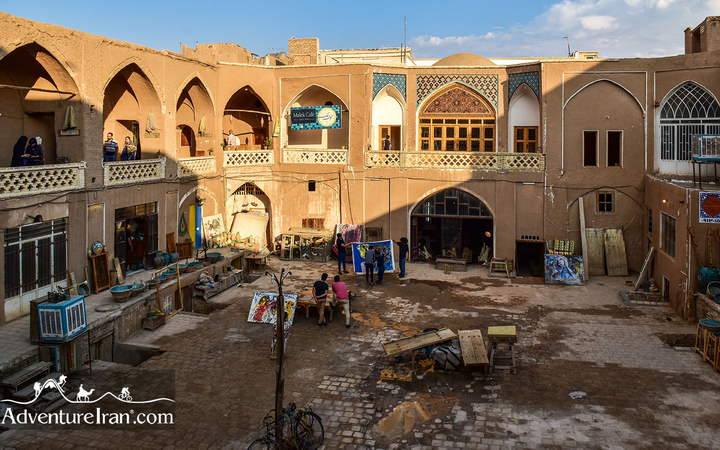
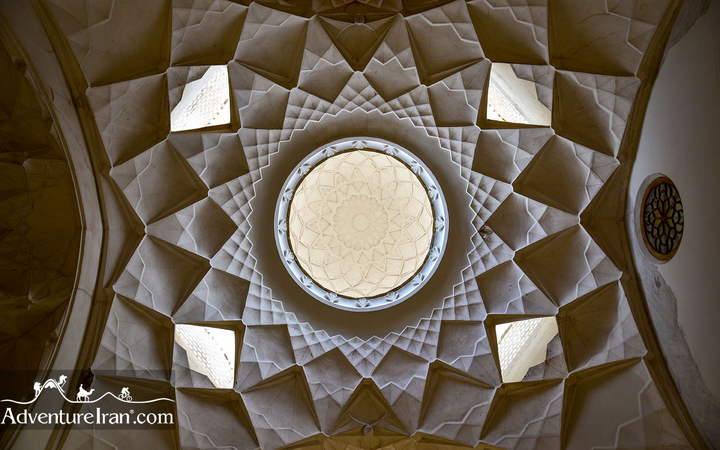
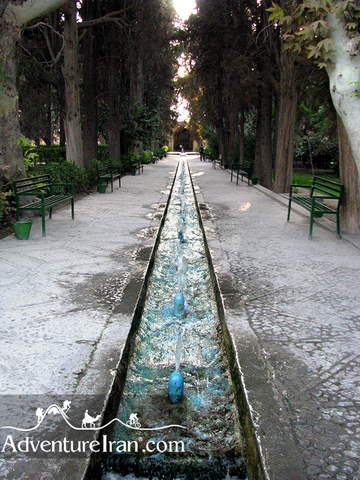

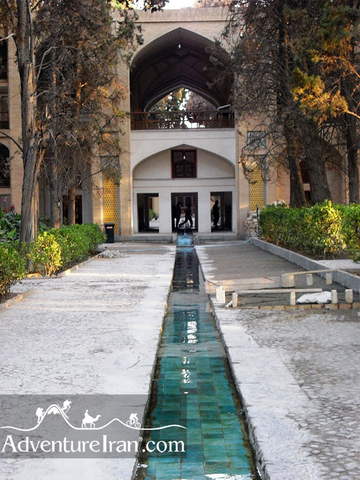
Comments